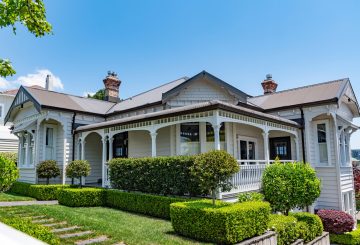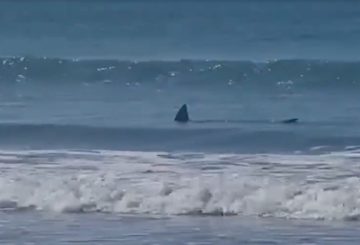Data released this week show that house prices are continuing to fall and interest rates are rising. However, unemployment remains low.
A report released by CoreLogic shows that national house prices fell 1.3 percent in October, following a 1.5 percent drop in September.
Rising interest rates could mean that more homeowners face the risk of “negative equity”, where the size of their home loan is more than the value of their property, says the Reserve Bank.
Currently, about 2 percent of mortgage holders are in negative equity. Depending on how far house prices fall, this could increase to just under 40 percent, the bank estimates.
KiwiBank Chief Economist Jarrod Kerr told Checkpoint the report was not surprising.
“It’s to be expected, we are in a downturn, house prices are falling and some homeowners who came in late in 2021 have found themselves in negative equity.
“That’s an uncomfortable position to be in, but we’re not seeing the more concerning ‘distressed sales’ (urgent sales) yet.
“What we normally need to see is quite a sharp increase in unemployment before that happens.”
Recently released unemployment data show the jobless rate is holding steady at 3.3 percent, with wages increasing.
Kerr said this was positive news.
“We’ve got a very strong labour market and there’s very good income growth.”
At the moment we are nowhere near the conditions that led to the global financial crisis in 2008, Kerr said.
“That was a very different situation. That was a global financial market crisis and banks were under significant stress.
“There is a risk that we see something similar but nowhere near as bad as that in the coming year.”
For those in negative equity it can be hard, Kerr said, but “so long as they’ve got jobs, they will keep paying off their mortgage”.
Kerr said he would like to see progress in reducing the factors that are generating inflation, for example, by increasing immigration and investing in new technology.
Immigration will help to fill jobs that are not being filled at the moment, Kerr said, “and also making sure that we’re investing in the future”.
“This is one sort of bugbear of mine that we don’t invest enough in this country on key infrastructure, and using the slowdown as an example not to spend is simply not good enough.”






























































